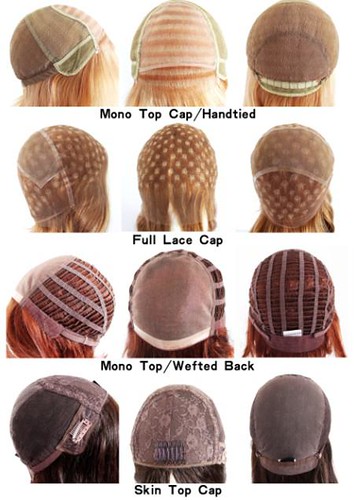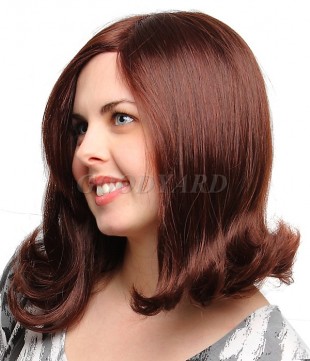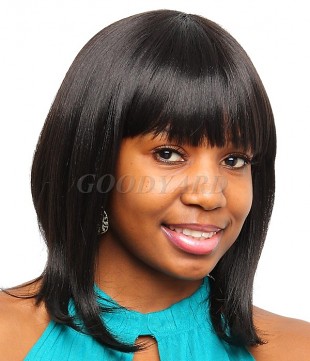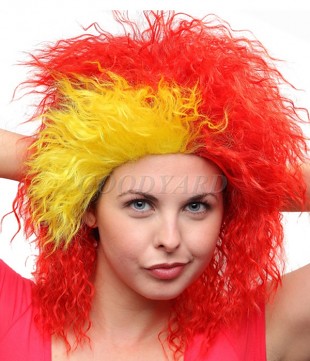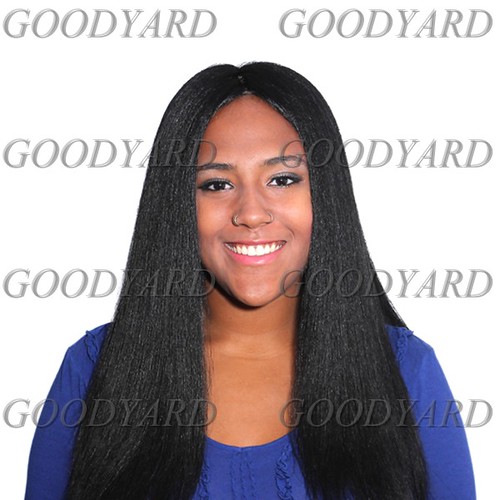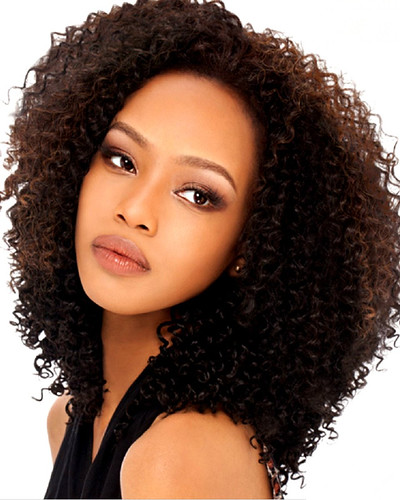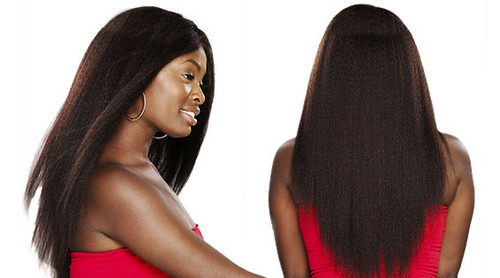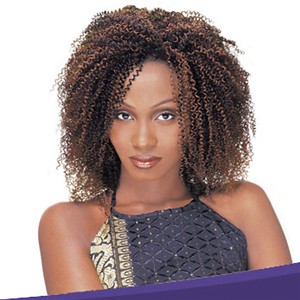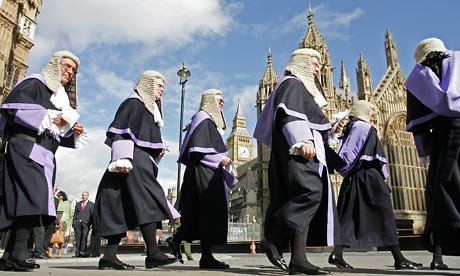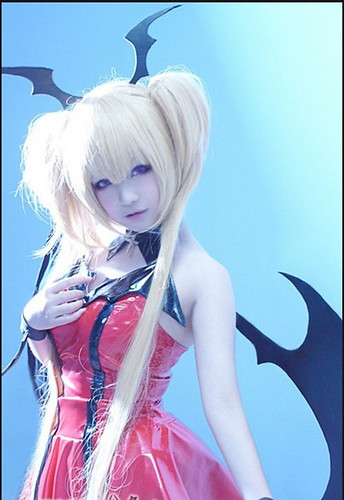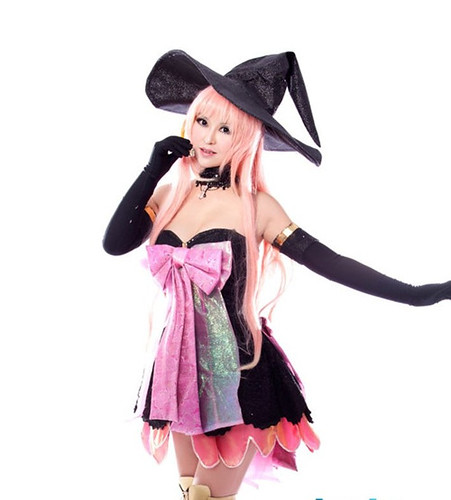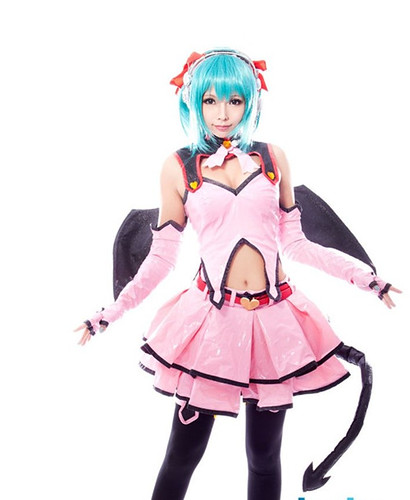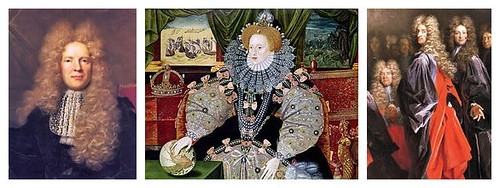There are many ways for wigs to be constructed to cover the entire scalp. Different clients choose different types of wigs taking comfort, breathability and appearance into consideration. The main types of wig cap constructions are as follows:
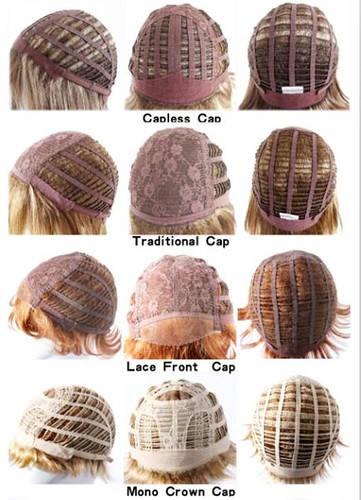
Capless Cap, Traditional Cap, Lace Front Cap, Mono Crown Cap, Mono Top Cap/handtied, Full Lace Cap, Mono Top/Wefted Back, and Skin Top Cap.
Capless Cap and Traditional Cap belong to capless or machine-made cap, which is very common in synthetic wigs and has a relatively lower cost. Lace Front Cap, the popular cap construction in recent years, adopts front lace handtied workmanship and can achieve the effect of a natural hairline. The dimension of lace can be custom designed. The common type for the black has the dimension of 13″x3″ while 5″x1.5″ for the white. With more human labor involved in using the hand tied workmanship, the price is much higher than the capless cap and traditional cap.
Full Lace Cap,100% hand tied workmanship, can reach a more natural wearing appearance. The common types include full lace, full lace with elasticized net, ear to ear full lace with elasticized net. Since 100% hand tied, it needs a longer production period, usually fluctuating from 20 to 30 days.
Mono Top Cap is common in wigs for patients. Mono(monofilament) refers to a cap material similar to lace with smaller meshes and smooth surface. It is usually transparent skin color and mainly used on the top of head, which can create the illusion of hair growing from the scalp. The back part of Mono Top Cap can use machinery made or handtied workmanship and the front part can add some lace. Mono Top Cap has various of compound modes. Mono crown and mono part are actually derived from traditional mono top with the dimension of hand tied area reduction, which cannot only decrease the cost but also more comfortable wearing and natural looking.
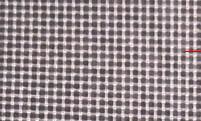
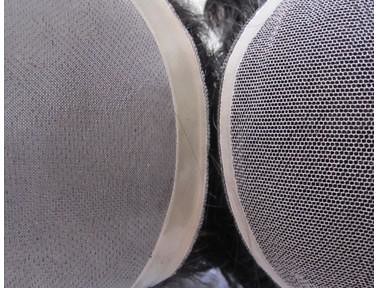
Skin Top/ Silk Top Cap is widely used for Jewish wigs and creates and unbelievable real look.The silk top lace wig has French or Swiss lace around the perimeter and the top of the crown contains a piece of silk (usually 4×4 or 5×5 in.), through which individual hairs are injected. The knots are hidden under the silk base and are not visible, giving the illusion of hair growing directly from your scalp.

